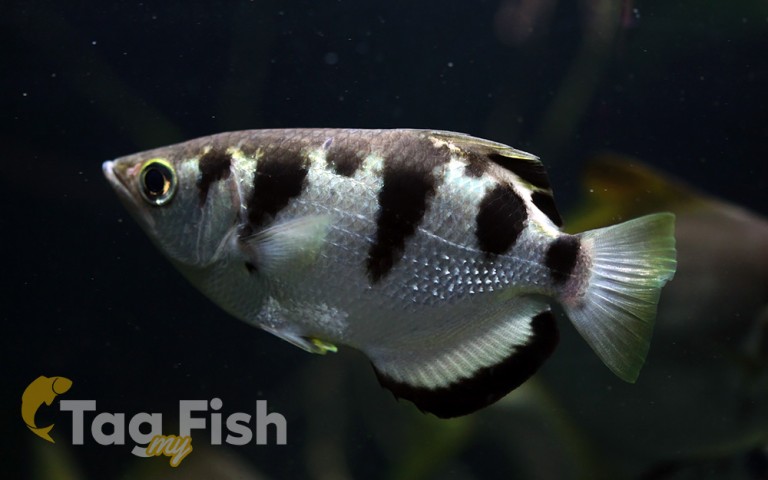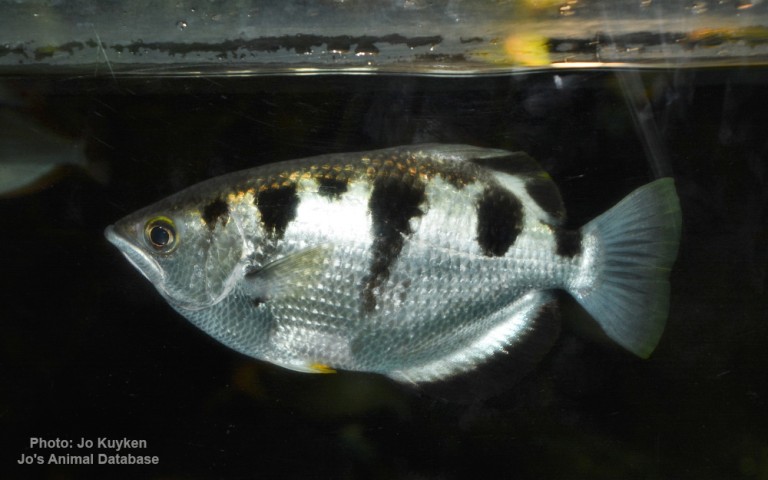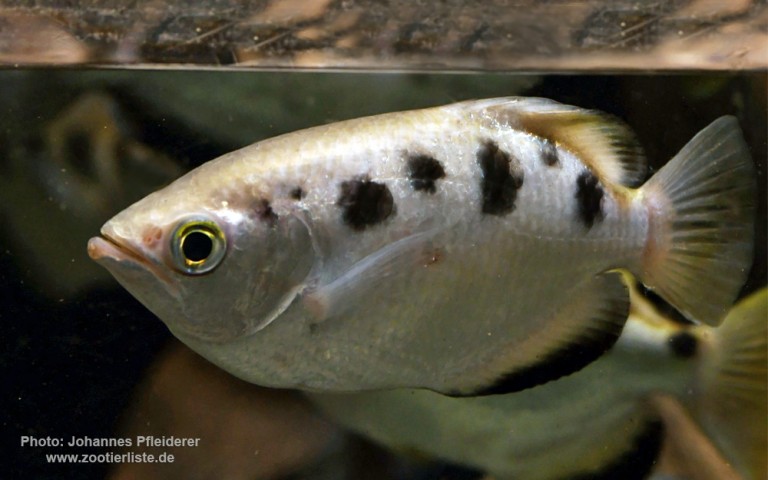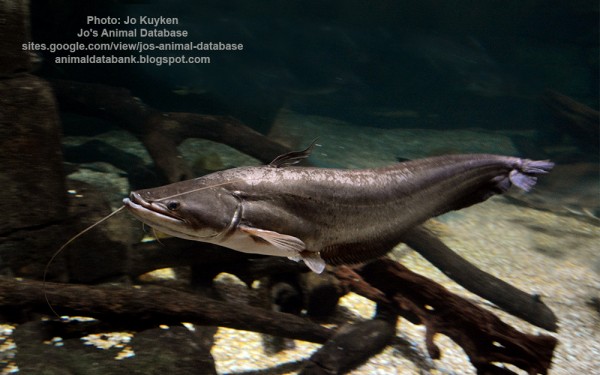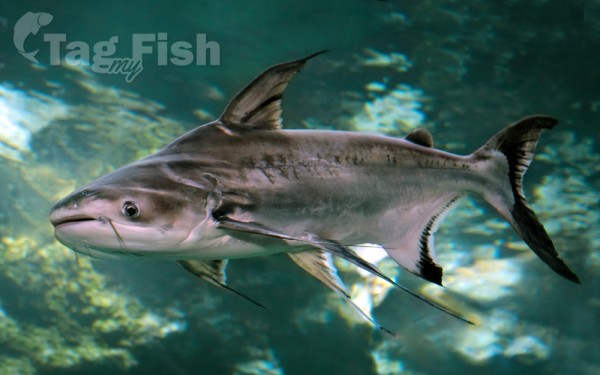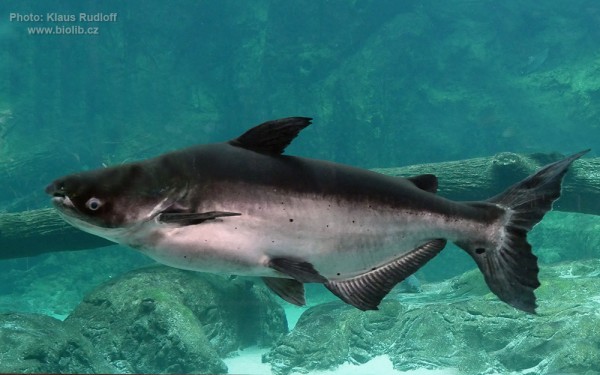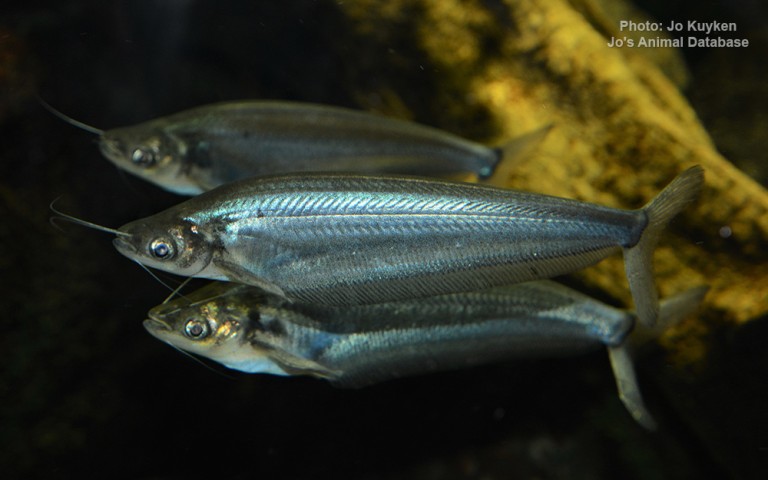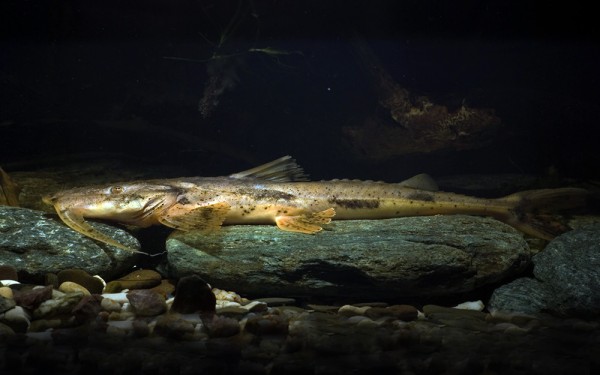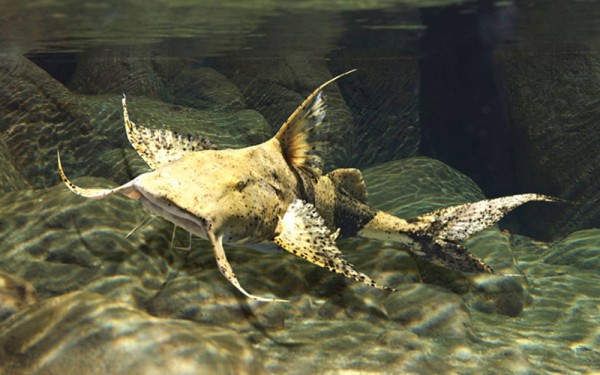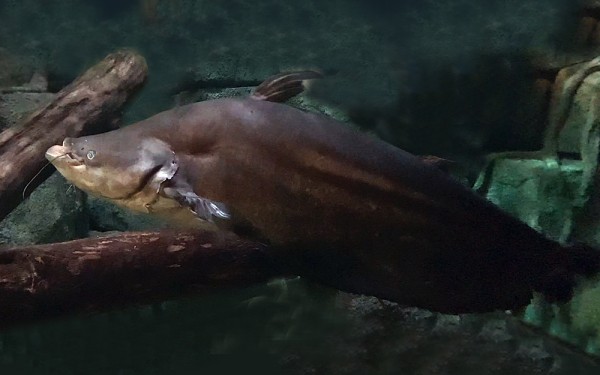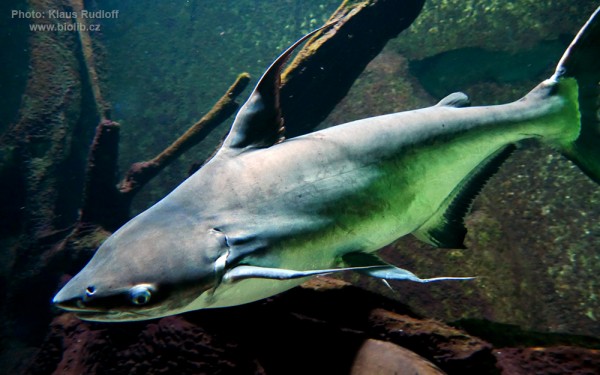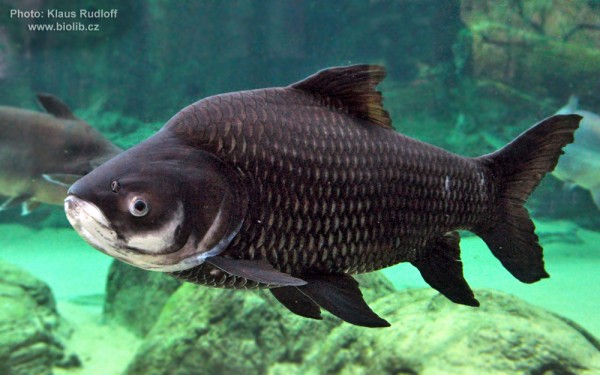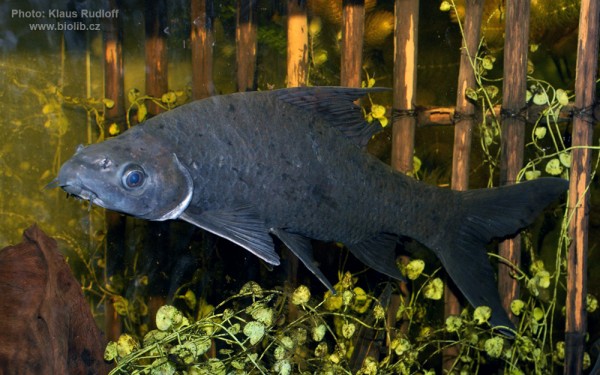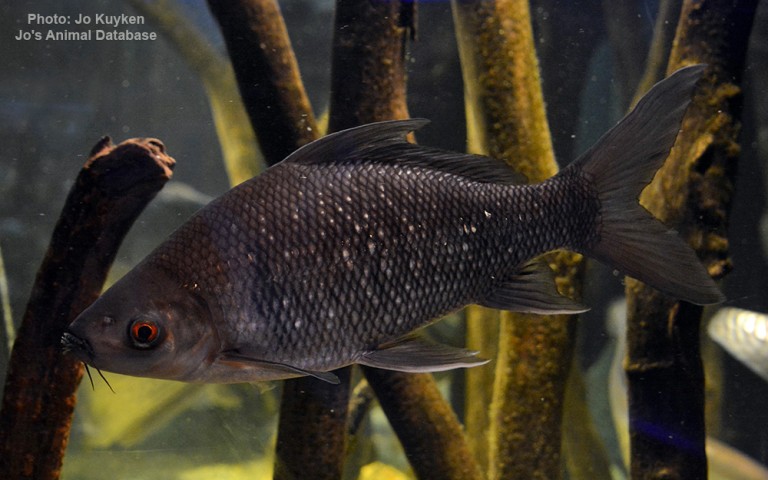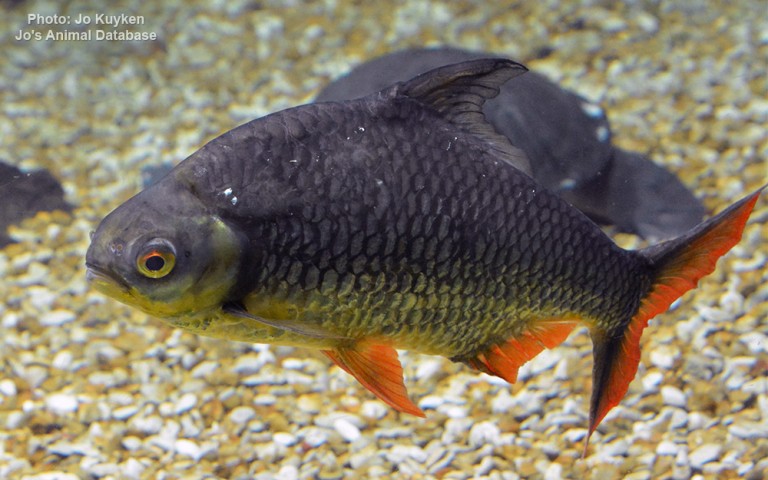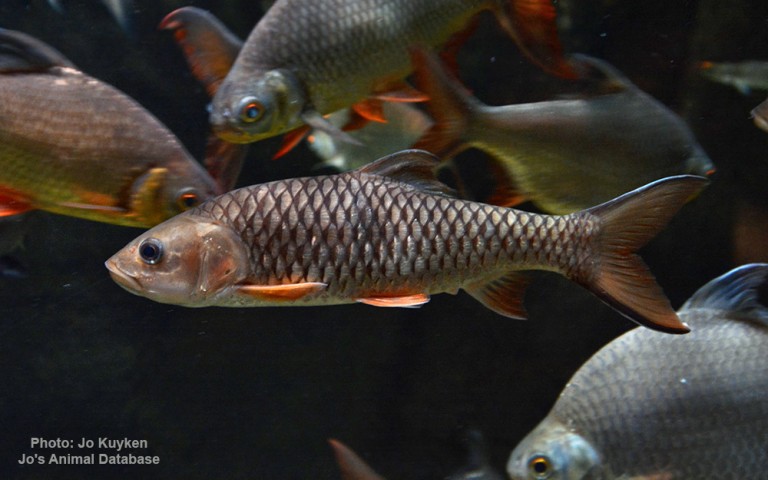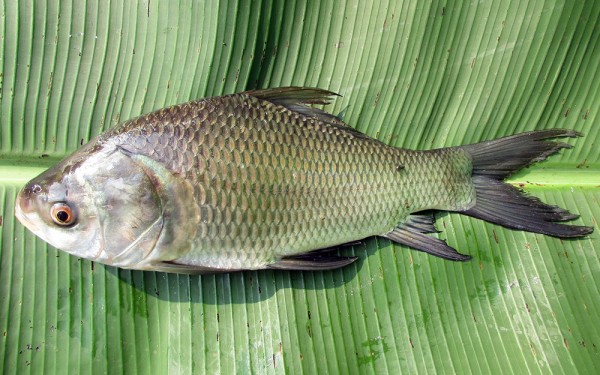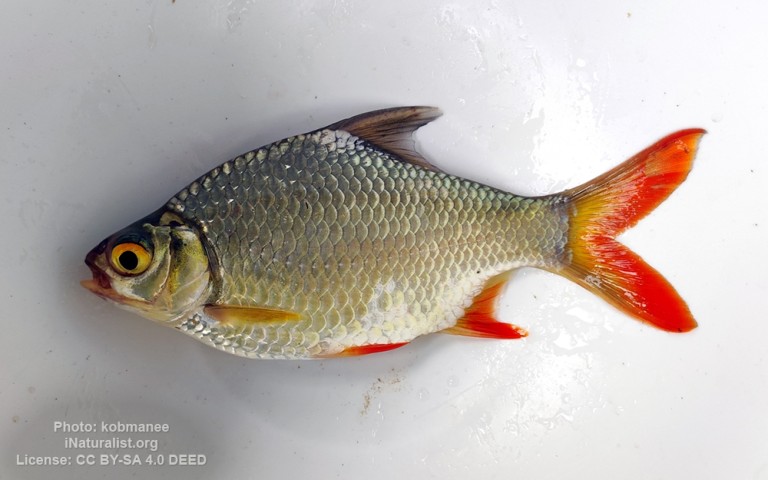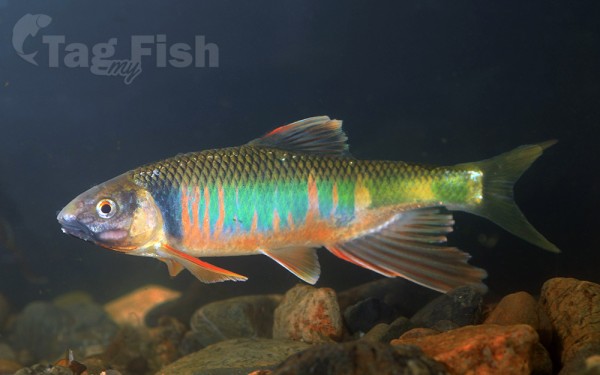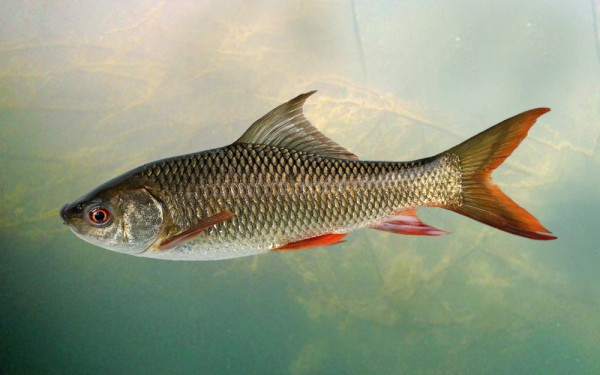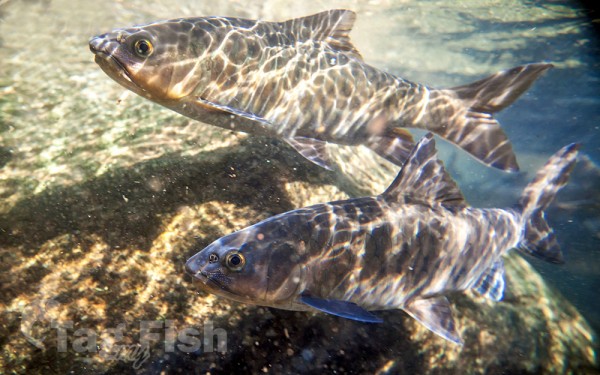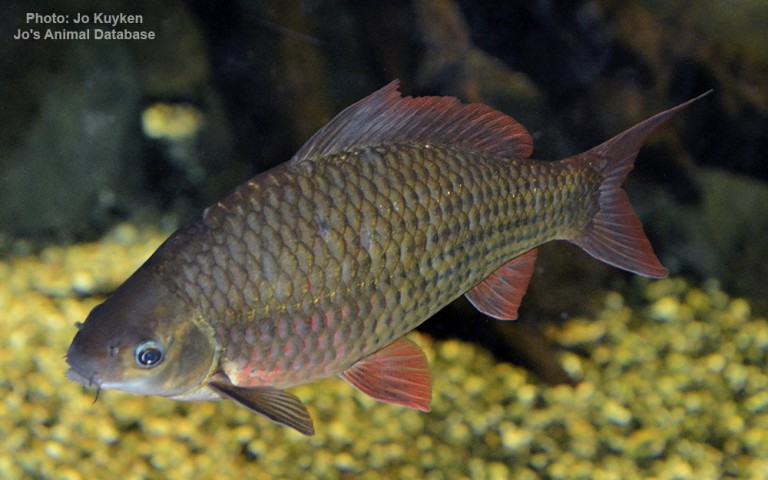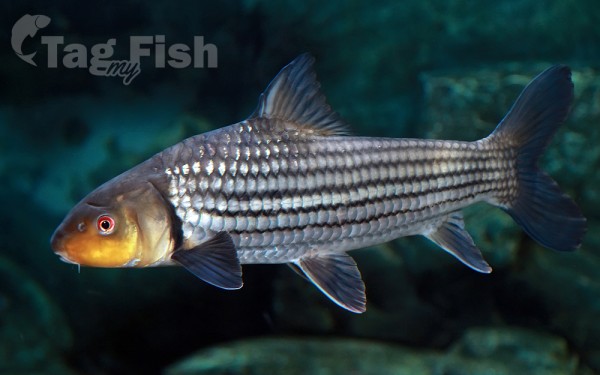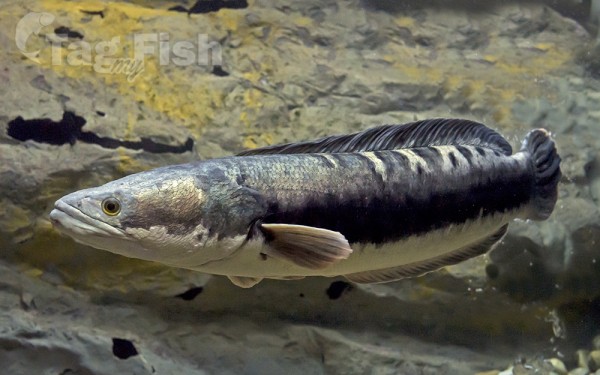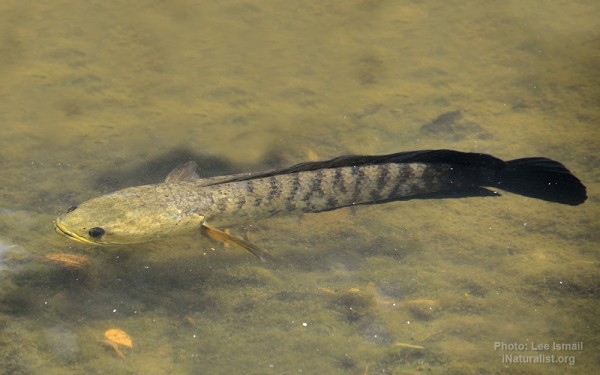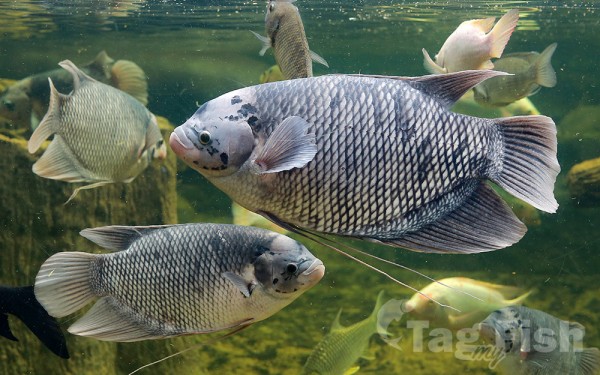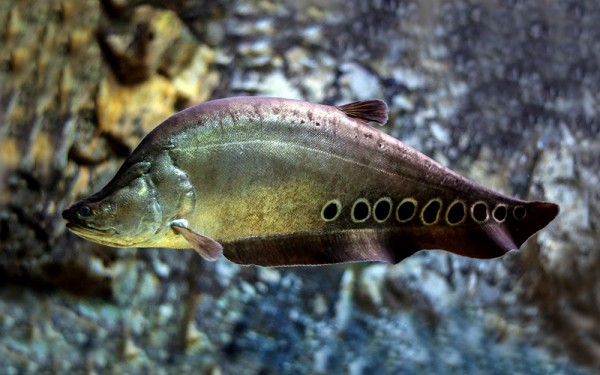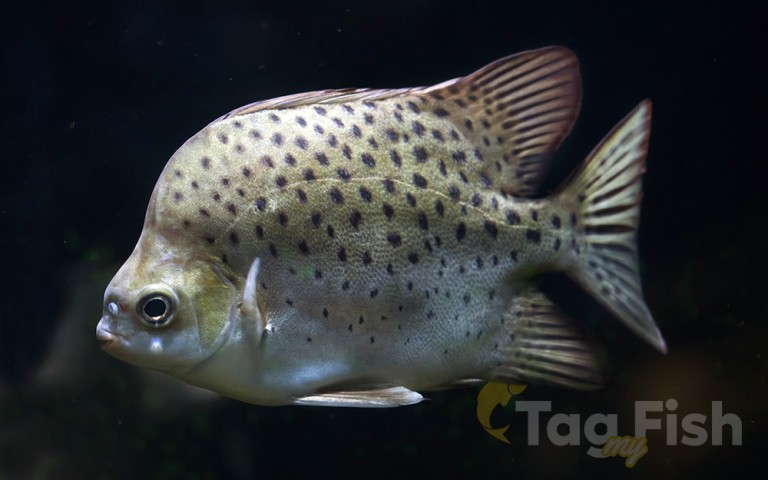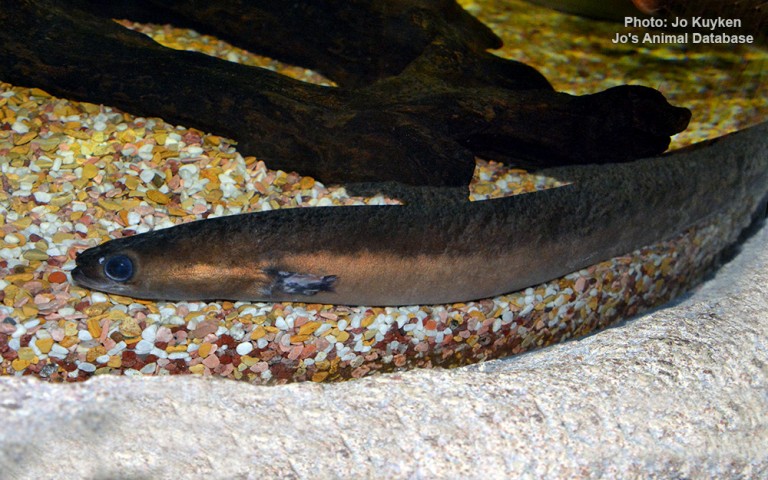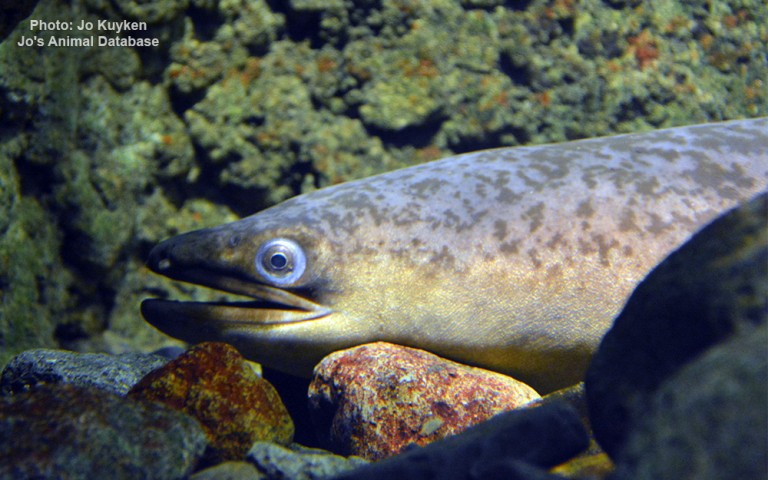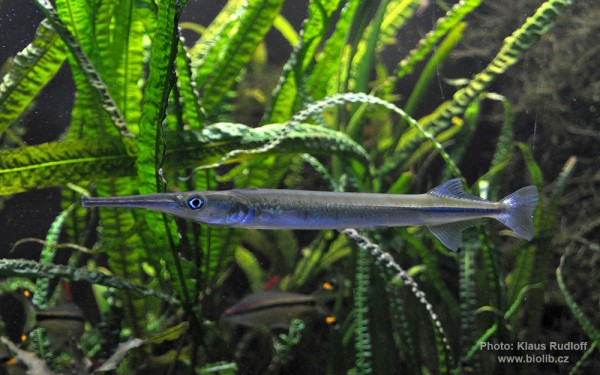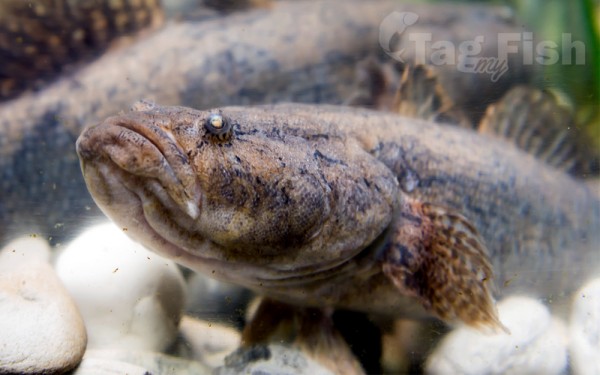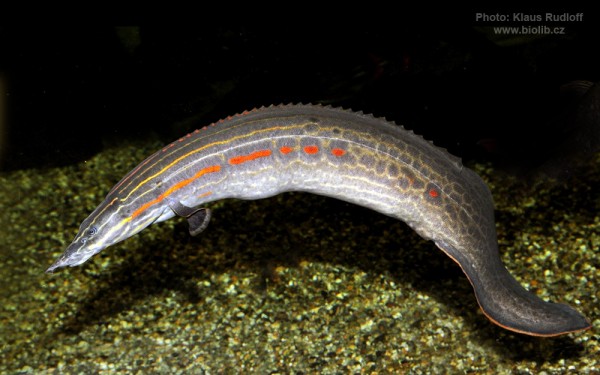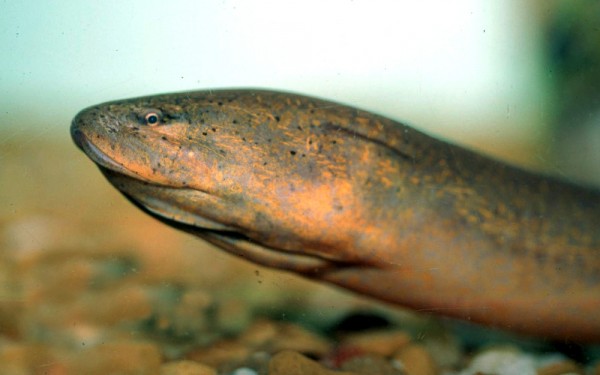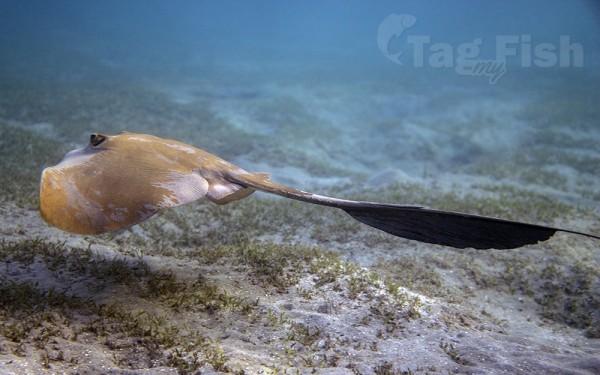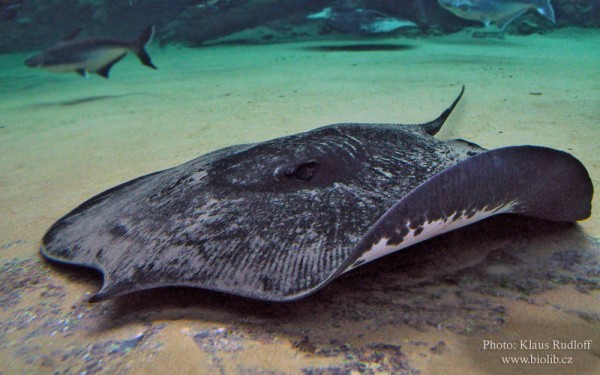Tonle Sap lake
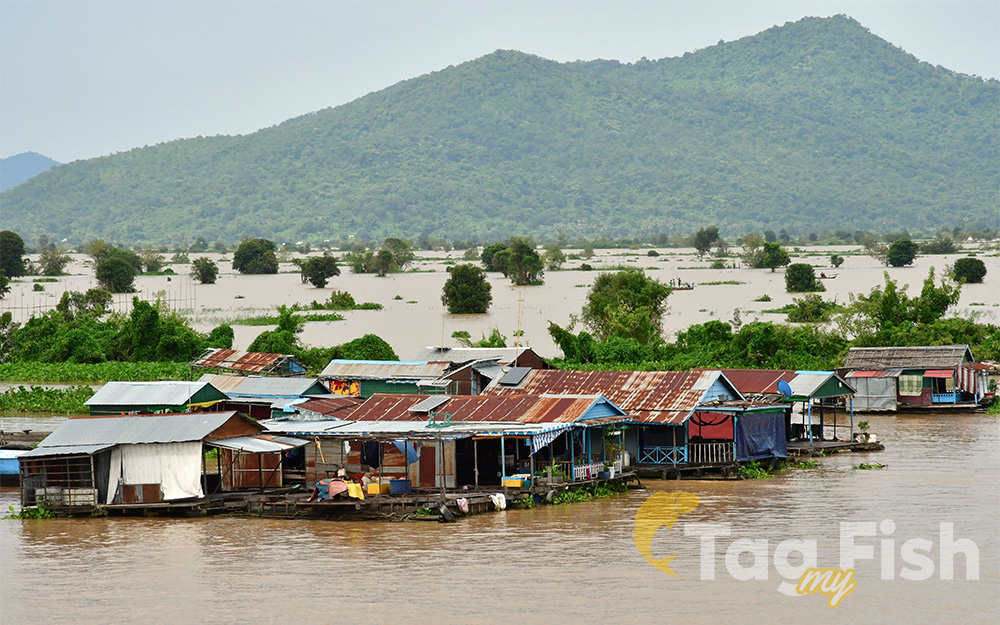
Perciformes - Perches
Siluriformes - Catfishes
Cypriniformes - Carps
Anabantiformes - Gouramies and snakeheads
Osteoglossiformes - Bony tongues
Acanthuriformes - Surgeonfishes
Anguilliformes - Eels and morays
Beloniformes - Needlefishes
Gobiiformes - Gobies
Synbranchiformes - Swamp eels
Myliobatiformes - Stingrays
Perciformes - Perches
Siluriformes - Catfishes
Cypriniformes - Carps
Anabantiformes - Gouramies and snakeheads
Osteoglossiformes - Bony tongues
Acanthuriformes - Surgeonfishes
Anguilliformes - Eels and morays
Beloniformes - Needlefishes
Gobiiformes - Gobies
Synbranchiformes - Swamp eels
Myliobatiformes - Stingrays
Perciformes - Perches
Siluriformes - Catfishes
Cypriniformes - Carps
Anabantiformes - Gouramies and snakeheads
Osteoglossiformes - Bony tongues
Acanthuriformes - Surgeonfishes
Anguilliformes - Eels and morays
Beloniformes - Needlefishes
Gobiiformes - Gobies
Synbranchiformes - Swamp eels
Myliobatiformes - Stingrays
Tonlé Sap is a big lake in the northwest of Cambodia.
Belonging to the Mekong River system, Tonlé Sap is the largest freshwater lake in Southeast Asia and one of the most diverse and productive ecosystems in the world. It has been designated as a Biosphere Reserve by UNESCO in 1997 due to its high biodiversity. In the 21st century, the lake and its surrounding ecosystems are under increasing pressure from deforestation, infrastructure development and climate change.
